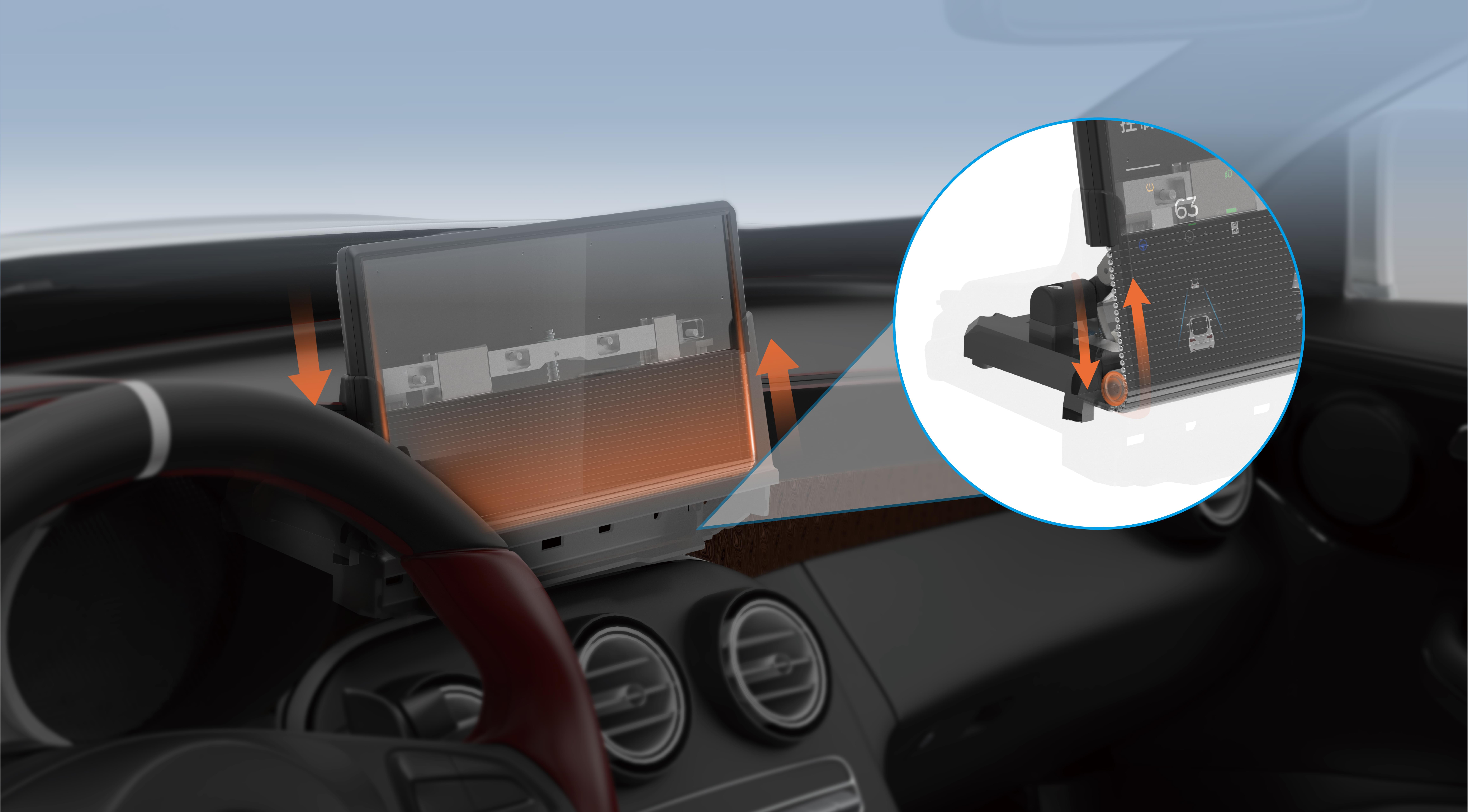Unlocking Creativity with TowerPro SG90 Micro Servos: The Tiny Powerhouses of Robotics and DIY Projects

In the realm of robotics and electronics, few components have democratized innovation quite like the humble servo motor. Among the myriad options available, the TowerPro SG90 micro servo stands out—not just because of its affordability, but due to its remarkable versatility and compact design. Whether you’re a hobbyist eager to bring a robotic arm to life, an educator introducing students to automation, or an engineer prototyping the next big invention, the SG90 has become an essential piece of the puzzle.
The Rise of Micro Servos: Why Size Matters
The progression from large, bulky servo motors to tiny, efficient micro servos speaks to the modern world's demand for smaller, smarter, and more energy-efficient devices. Micro servos like the TowerPro SG90 fit into projects where space is limited but precision and strength still matter. Their diminutive size—just about 22.8mm × 12.2mm × 27mm—means that designs previously constrained by size can now take shape. From miniature robotic arms to compact drone controls, these micro-servos open up a spectrum of possibilities.
Despite their small stature, the SG90 packs a decent punch. It typically offers a torque of around 1.8 kg·cm at 4.8V, enough to handle many lightweight applications comfortably. The speed can reach up to 0.12 seconds per 60 degrees of rotation at 4.8V, making it speedy enough for quick response projects. These specifications, coupled with affordability, make the SG90 perfect for rapid prototyping and educational settings.
Key Features of the TowerPro SG90
Understanding what makes the SG90 a favorite among enthusiasts requires examining its core features:
Compact & Lightweight: Its slim profile and light weight—approximately 9 grams—make it ideal for miniature projects without adding significant weight or bulk. High Precision & Reliability: With a standard 180-degree rotation, it provides accurate positioning suitable for a variety of automation tasks. Ease of Use: The servo is compatible with most microcontrollers like Arduino, Raspberry Pi, and others. Its simple PWM control makes integration straightforward. Cost-Effective: Its affordability—often available at just a few dollars per piece—means you can power multiple servos without breaking the bank, perfect for multi-degree-of-freedom robots or elaborate prototypes. Durability: While primarily designed for low-impact applications, the SG90 can withstand a range of conditions typical for hobbyist projects.
Anatomy of the TowerPro SG90
Understanding how the SG90 operates helps users harness its full potential. The servo comprises several key components:
Motor and Gears: A small DC motor drives a gear train, translating rotational motion into precise angular displacement. Control Circuitry: An onboard microcontroller interprets PWM signals to position the servo shaft accordingly. Output Shaft: The tiny but robust output shaft is where you attach your load—be it a robotic arm, camera mount, or other mechanisms.
Designers need to consider the gear train’s gear ratio—typically around 1:90 in the SG90—which balances torque and speed. The gear train also affects how smoothly and precisely the servo can position itself.
Applications That Showcase the SG90’s Potential
Since its widespread adoption, people have integrated the TowerPro SG90 into countless innovative projects. Here are some areas where it truly shines:
Robotics: Building lightweight robot arms, grippers, and pan-tilt mechanisms. With multiple SG90 servos, a full robotic limb is within reach for hobbyists. Remote-Control Models: Drones, RC cars, airplanes, and boats depend on micro servos for steering, throttle control, and other functions. Educational Projects: Beginners and students find the SG90 an accessible platform for learning about motor control, electronics, and programming. Home Automation: Automated vents, curtains, or ceiling fans can be integrated with SG90 to bring automation into everyday life. Art and Creativity: Artists and designers utilize these tiny motors in kinetic sculptures, animatronics, and interactive displays.
Choosing the Right Power Supply and Control System
The SG90 operates most reliably with a stable power supply—preferably a regulated 4.8-6V source. Lithium-ion batteries, rechargeable AA packs, or dedicated power modules work well for portable projects. It’s essential to avoid voltage spikes, which could damage the servo or cause erratic behavior.
Control-wise, PWM (Pulse Width Modulation) signals are the standard method to command the servo. Typically, a pulse width of 1ms corresponds to 0° (full CCW), 1.5ms to 90°, and 2ms to 180° (full CW). Microcontrollers like Arduino have native libraries to simplify this process, and many ready-made tutorials can guide beginners step by step.
Stay tuned for the next part, where we'll explore installation tips, advanced customization, real-world project ideas, and troubleshooting advice to help you make the most of your TowerPro SG90 micro servos.
Kpower has delivered professional drive system solutions to over 500 enterprise clients globally with products covering various fields such as Smart Home Systems, Automatic Electronics, Robotics, Precision Agriculture, Drones, and Industrial Automation.




































